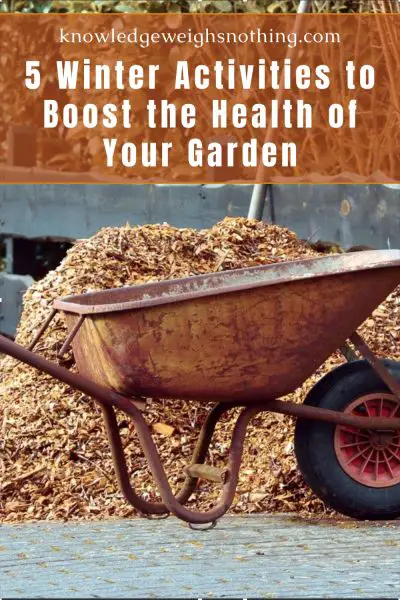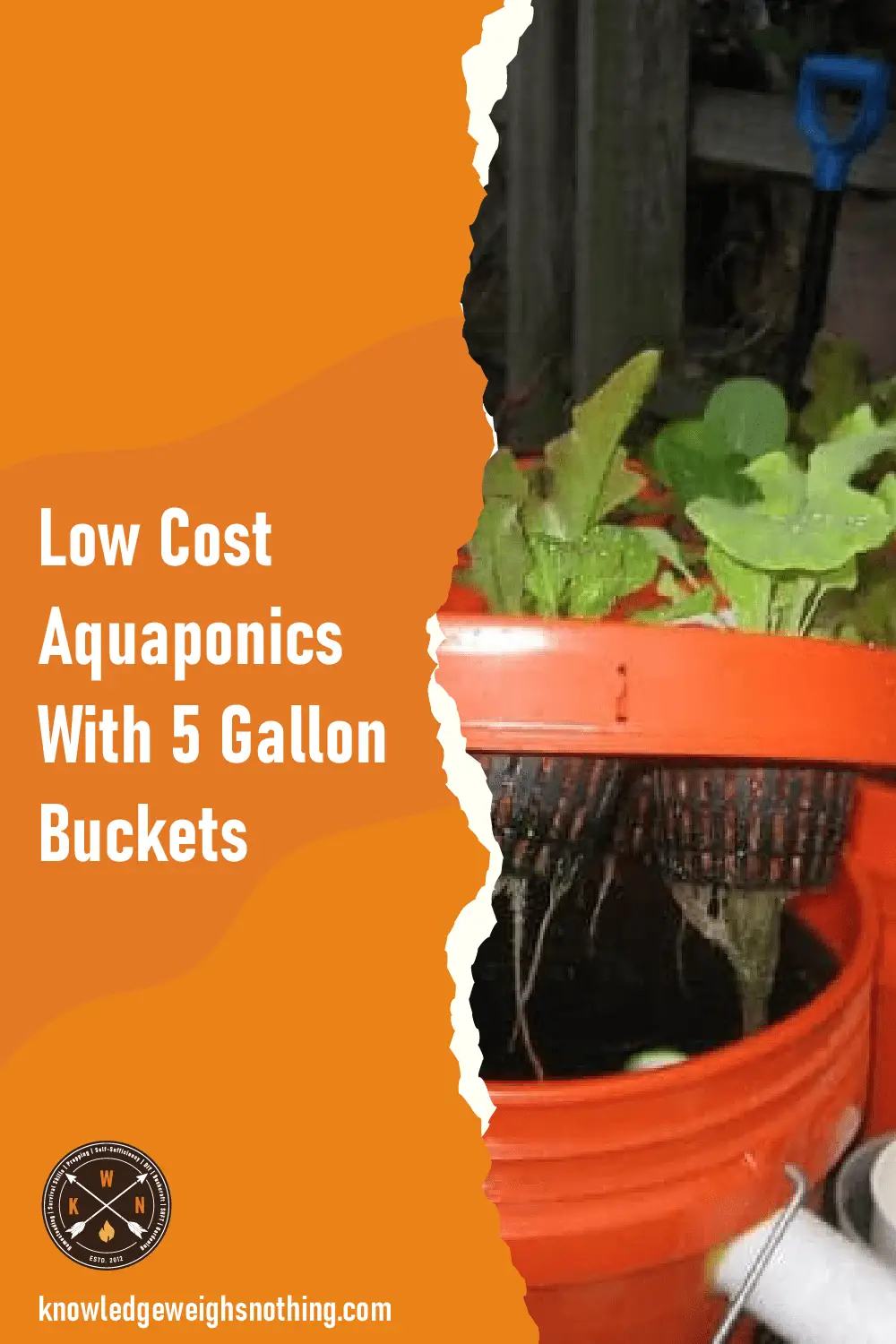
As the warmth and humidity of summer gives way to the cooler months of fall, an entirely new realm of requirements is at your doorstep. While many homesteaders and gardeners use the chill of fall and winter as a much-needed break from gardening labour, this is not the time for a complete separation of duties. It’s best to think of winter as a time of gestation for the next season. Just like a baby growing within the womb, there are certain activities you must perform to ensure the health and vitality of your freshly birthed garden.
The following five activities are designed to help maintain a safe and healthy garden throughout the cold winter months, so as spring approaches your soil and plants are ready to burst with life.
5 Must-Do Winter Activities
Remove Previous Season Debris
Perhaps one of the most important steps to take after a current growing season comes to a close is to clear out annuals and compost. By eliminating this debris, you improve the fertility of soil while eliminating the possibility of winter-borne plant diseases and pests. As the winter months give way to the warmth of spring, rotate your crops throughout the gardening area to help thwart the onset of disease and insects.
Shield Your Crop from Freezing Temperatures
Although this may not be necessary for regions where temperatures do not dip below freezing, for many, the most effective way to improve soil and its fertility is to plant cover crops, such as winter wheat or winter rye. These crops are capable of protecting the viability of your soil while being able to be tilled during spring to revitalize your soil. Without cover crops, many gardens are left vulnerable to the ravishes of winter. Don’t have time to plant a cover crop? No worries – simply spread a layer of leaves along your garden bed.
Repair Gardening Tools
During the downtime of winter, perhaps the most effective way to spend your free afternoons is to repair essential gardening tools. The worst mistake you can make is to wait until spring has arrived to begin repairing your tools. By spending the short days of winter fixing your gardening tools, you’ll save a significant amount of time when the season changes and your days become filled with preparing, planting and protecting your crops.
Prepare for the Forthcoming Season
After you’ve safeguarded your garden for winter, now’s the perfect time to begin planning for the next season. The most successful gardeners are those who take the downtime offered by winter to fully flesh out the upcoming season duties, plants and goals. What were you successful at in the previous growing season? What issues did you come across? Where will the new crops be planted? These, and many more, questions must be answered in order to ensure the next season is as productive and profitable as possible.
Relax Your Mind and Body
Although working as a gardener seems as if it’s a life filled with an ever-growing to-do list, during the winter months it’s imperative to find time to relax and recuperate. Give your body a chance to recover while treating your mind to exciting planning sessions. Congratulate yourself on accomplishing another season, and use this positive thinking to propel you into the next season with renewed excitement and love.




